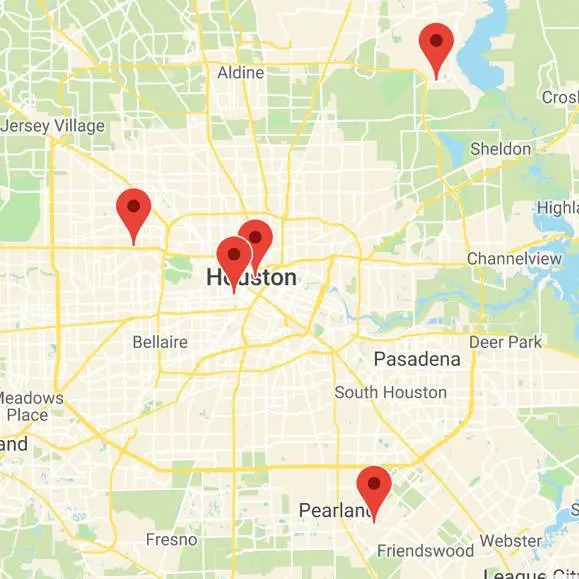20% of Adults are Missing One or More Teeth
While most adults have 32 permanent teeth, many are missing some adult teeth at birth. These are people who have congenitally missing teeth. Hypodontia is the medical term for congenitally missing teeth. Some reports claim that up to 20% of adults lose one or more teeth. It is the most common dental anomaly! Most children miss only one tooth.
The Most Common Congenitally Missing Teeth:
- Wisdom Teeth
- Second Premolars
- Upper Lateral Incisors
- Lower Central Incisors
Once a child is missing more than two similar teeth, it might indicate a more general syndrome or genetic cause. There are several ways to diagnose these.
Causes for Congenitally Missing Teeth in Children
Missing multiple teeth have many reasons. These may be things such as Achondroplasia, ectodermal Dysplasia, Down Syndrome, or a long list of genetic disorders.
One way to try and figure out the risks is to cross-reference different problems a child may have — this narrows down the possibilities. Sometimes, there is no known reason for the missing teeth. Researching your history of congenitally missing teeth in children in the same family helps to gauge the frequency of the problem genetically.
Why is a Tooth Congenitally Missing?
Tooth formation is a complex process. The dental lamina is the central part of tooth formation and is a little band of tissue that forms under the gums. The tooth forms from this band of tissue. No dental lamina – no tooth. And this band doesn’t develop if there is a genetic error. There are three primary genes essential in tooth formation (AXIN2, PAX9, and MSX1.) Any change in these genes information can cause a tooth not to form.
Treatment for Missing Teeth in Children
75% of the missing teeth in children is a wisdom tooth. In these cases, no surgery or replacement iwis needed.
The recommended course is the replacement of the teeth where the missing teeth are Lateral or Side Teeth or many other teeth. The treatment depends on the age and the severity of the loss.
The 3-Options for Replacing Teeth in Children
- Removable Appliance – a Removable Partial Denture to replace the missing teeth
- Bridge on existing teeth
- Dental Implant tooth replacement
Expert opinion for dental treatment of congenitally missing teeth in children
We will explain two different situations to illustrate.
Nine-year-old Missing both upper lateral teeth.
- For this child, it is best to use a temporary plastic removable partial denture to replace the missing teeth. At age 11 to 13, use orthodontics to create space for the missing teeth.
- Chartering a child’s growth from the age of 12 through puberty is essential.
- Use the Maryland Permanent Bridge when the child hates removable appliances or more growth is needed.
- The bone in the area of the missing tooth is usually lacking. Since an adult tooth did not grow – the bone did not grow or mature in that area. There will be a lack of bone to place an anchor – the dental implant. The recommended course of action is adding the missing bone mass with a bone graft.
- Dental implants are when the jaw has completed growth. If done prematurely, the bone moves and grows with the implant in it – causing the implant to move to a new and usually incorrect position.
Duration: this process can take up to five years in a child, and has multiple steps. In an adult, it may take one to three years, depending on the need for orthodontics.
Team: expert dentist, orthodontist, surgeon.
Cost: $7,000 to $18,000 for the whole process. Some covered by medical insurance.
A Six-year-old has ten teeth missing in the upper and lower jaws.
- Genetic reasons are a possibility in this case.
- At a young age, the simpler the prosthesis, the better. We will use removable partial or full dentures to allow the child’s function and cosmetic results.
- Move existing teeth to their best position with Orthodontics.
- During growth, and depending on socialization and the child’s needs, we add a few temporary dental implants to improve the use of temporary prosthesis.
- Replace the missing teeth with dental implants and bone grafts after puberty.
Duration: this process can take up to five years in a child, and has multiple steps. In an adult, it may take one to three years, depending on the need for orthodontics.
Team: expert dentist, orthodontist, pediatric dentist, pediatrician, pediatric endocrinologist, surgeon.
Cost: $25,000 to $68,000 for the whole process. Covered by medical insurance in most cases.
“With over 20 years and many successful treatments, I find the team at Midtown Dentistry is highly qualified, thorough and most of all- compassionate.” – Dr. Penchas



